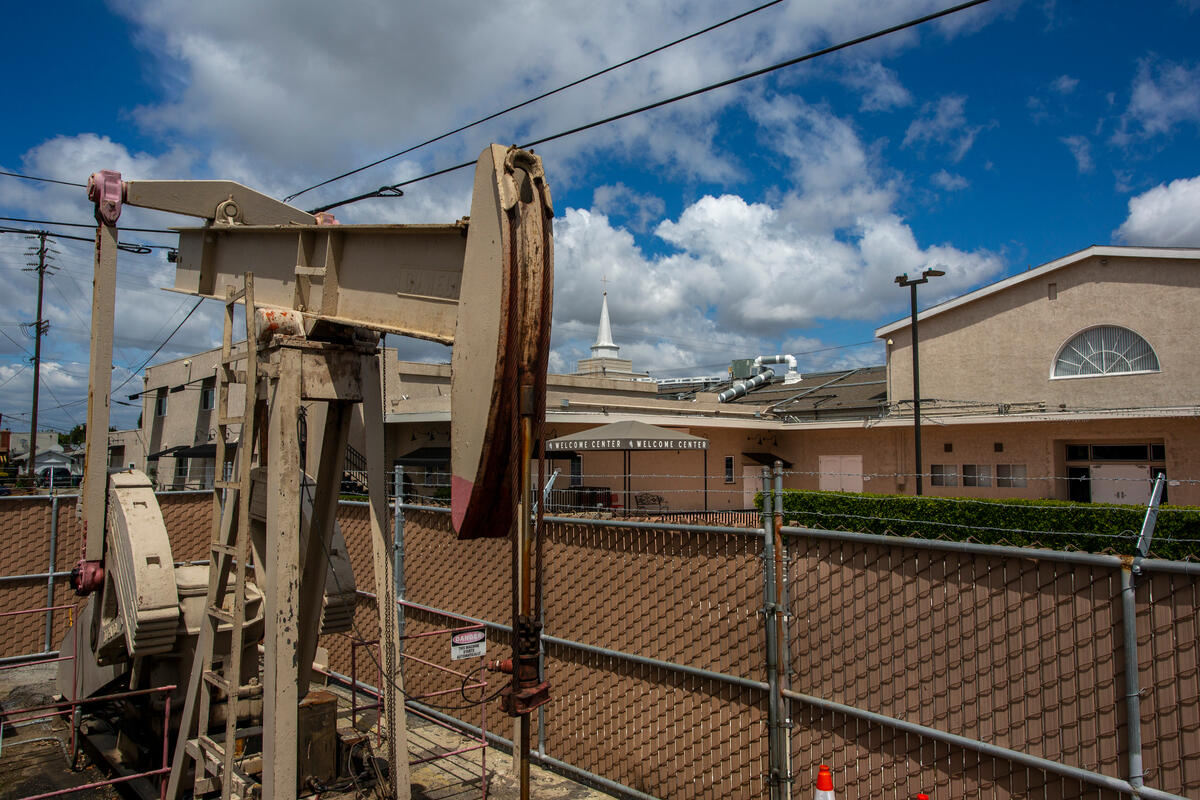
Environmental Justice
Environmental Justice requires that we incorporate racial and socioeconomic justice into the way we fight for the protection of our planet.
From direct actions that shape our future to investigations that result in incredible environmental wins to large-scale mobilizations that inspire hundreds of thousands of people, Greenpeace has been making an enormous impact on the global environmental movement since its very first action in 1971. But our journey from 50 years ago to today hasn’t been perfect. Like many large environmental organizations and much like the mainstream environmental movement in the United States, Greenpeace USA has continual work to do to ensure justice is at the core of our campaigns.
What is Environmental Justice?
Environmental Justice is a concept that was coined in the early 1960s during the Civil Rights movement and has increasingly picked up momentum as our social justice movements and environmental issues have grown. The issues of racism and socioeconomic justice are central to the issue of Environmental Justice. At its core, Environmental Justice guarantees that all people have equal access to a healthy, safe, and sustainable environment, as well as equal protection from environmental harm.
Environmental Justice assumes and recognizes community care and Indigenous and first nations’ knowledge. It acknowledges how privilege, power, and oppression are integral to our understanding of how we are impacted by climate change and our environment.
We witness environmental injustice when our single-use plastic is incinerated causing air pollution in low-income communities in the US, or when it is shipped overseas to overwhelm South East Asian communities. We witness environmental injustice in Flint, MI, a majority-black community that still has lead in its water and when state violence harms Indigenous youth fighting to protect their land. These are only a few examples of the impact of environmental injustice that highlight the necessity of centering Environmental Justice in our movement.
Climate Justice Means Migrant Justice
Climate change is not just about rising temperatures or stronger storms — it’s about people. Entire communities are being displaced, livelihoods are disappearing and families are being forced to make impossible choices. As ecosystems shift, people must too. But how we respond — whether with compassion and humanity or fear and hate — will determine the scale of human suffering. This is why climate justice is migrant justice.
Climate Change is Forcing Migration
As fires raged through Los Angeles, more than 100,000 people were forced to flee their homes — many of whom will never return. Dozens lost their lives. This is not an isolated event. Human-caused climate change has made California hotter, drier, and more fire-prone, with devastating consequences. Across the U.S., Americans are increasingly citing climate change as a reason for relocating. Globally, millions are being displaced by climate disasters every year.
The communities most affected by climate migration are often those least responsible for the crisis. Many of those forced to leave their homes are from the Global South — regions that have historically contributed the least to carbon emissions but bear the brunt of climate consequences. Meanwhile, wealthier nations, which have historically emitted the most greenhouse gases, often shut their doors to those seeking refuge from climate disaster.
Climate migrants often face a legal void — many countries including the United States do not recognize climate displacement as a valid reason for asylum. Without legal protections, climate refugees are left vulnerable to exploitation, detention, and deportation. Climate justice means acknowledging that migration is a necessary adaptation strategy and ensuring that those displaced by climate change are met with compassion and rights-based policies, not criminalization.
Who’s Responsible
Despite overwhelming evidence, Big Oil executives and their political allies continue to deny, deflect, and profit. For over a half-century, oil and gas companies have known that burning fossil fuels would accelerate climate disasters. Instead of taking responsibility, they covered it up, spent billions lobbying against climate action, and bankrolled politicians like President Trump who now blame migrants for economic instability instead of corporate greed.
It’s not an accident that the same politicians that spread hate and fear – demonizing, detaining, and deporting migrants – are also opening the floodgates for fossil fuel expansion. The more they can convince us to point the finger at each other, the less we can unite to hold those truly responsible to account.
Why is justice critical to the future of activism?
As our planet continues to warm, forest fires burn, plastics dump into our oceans, and natural disasters worsen, we are witnessing increases in negative impacts. Our movements must keep pace with the rapid degradation of our natural world as well as our social world, challenging us to understand how climate change and environmental degradation impact humans differently.
We have lifetimes of relearning to do around our notions of community, trauma, and social justice. Racism, patriarchy, militarism, corporate greed, capitalism, state violence — these and other causes of immense harm to those most at risk continue, largely unchecked. When we recognize who is most at risk, we find institutional harm is interwoven with the impact of the climate catastrophe. Understanding this, fighting oppression, and centering those most marginalized help us create an environmentally just future for all.
Environmental Justice requires that we incorporate racial and socioeconomic justice into the way we fight for the protection of our planet. Exploring the ways that global warming harms low-income communities, primarily black, brown, Indigenous, and migrant communities are critical to understanding how our fight must be won.
Environmental justice challenges us to center the voices of those most impacted by environmental harm in the fight for the protection of our planet. And it’s not just communities of color that are at risk from environmental injustice — those in need of abortion access, food access, LGBTQ2S+ communities, people with disabilities, and people at intersections of multiple oppressions are impacted as well.
To protect our natural world and natural resources, we need to fight for justice for all people and leave no one behind. This means recognizing the unique challenges faced by our most marginalized communities and taking leadership from them; those experiencing injustice know what they need. For centuries, Indigenous communities have learned and taught about ways we must protect our land and seas. When we give agency and power back to people-centered communities, we empower the change that our world and our future needs.
It is time to take initiative and acknowledge the harm that environmental movements have caused and do the work required for a just future. At Greenpeace, we know that Environmental Justice is the centerpiece for our movements and that the work we do must be rooted in it as an ongoing practice. Building a greener and more peaceful world for all requires a diverse, multicultural, people-powered force that centers the most impacted and marginalized, to ensure no one gets left behind. This is the Environmental Justice we strive to achieve.
A Just Future Requires Real Action
To truly address the climate crisis, we must reject the divide-and-conquer tactics of the fossil fuel industry and fight for a future where communities — not corporations — decide what happens next. This means:
- Building sanctuary communities where people support the dignity and rights of all residents and defend against deportation raids
- Protecting and expanding refugee and asylum rights to include climate-displaced people
- Investing in climate adaptation for vulnerable communities by funding resilient infrastructure, disaster preparedness, and equitable recovery efforts
- Holding polluters accountable for the destruction they’ve caused. States like Vermont and New York have already passed legislation to make the biggest polluters pay for climate damage and California could be next.
As the climate crisis escalates, the question is not whether people will move, but when they do move, how we choose to respond. No one is immune and everyone deserves dignity. We can choose to build walls and fuel division or we can stand together to demand justice for people and the planet. The problem is big — but solutions start with us. What role will we play?
-
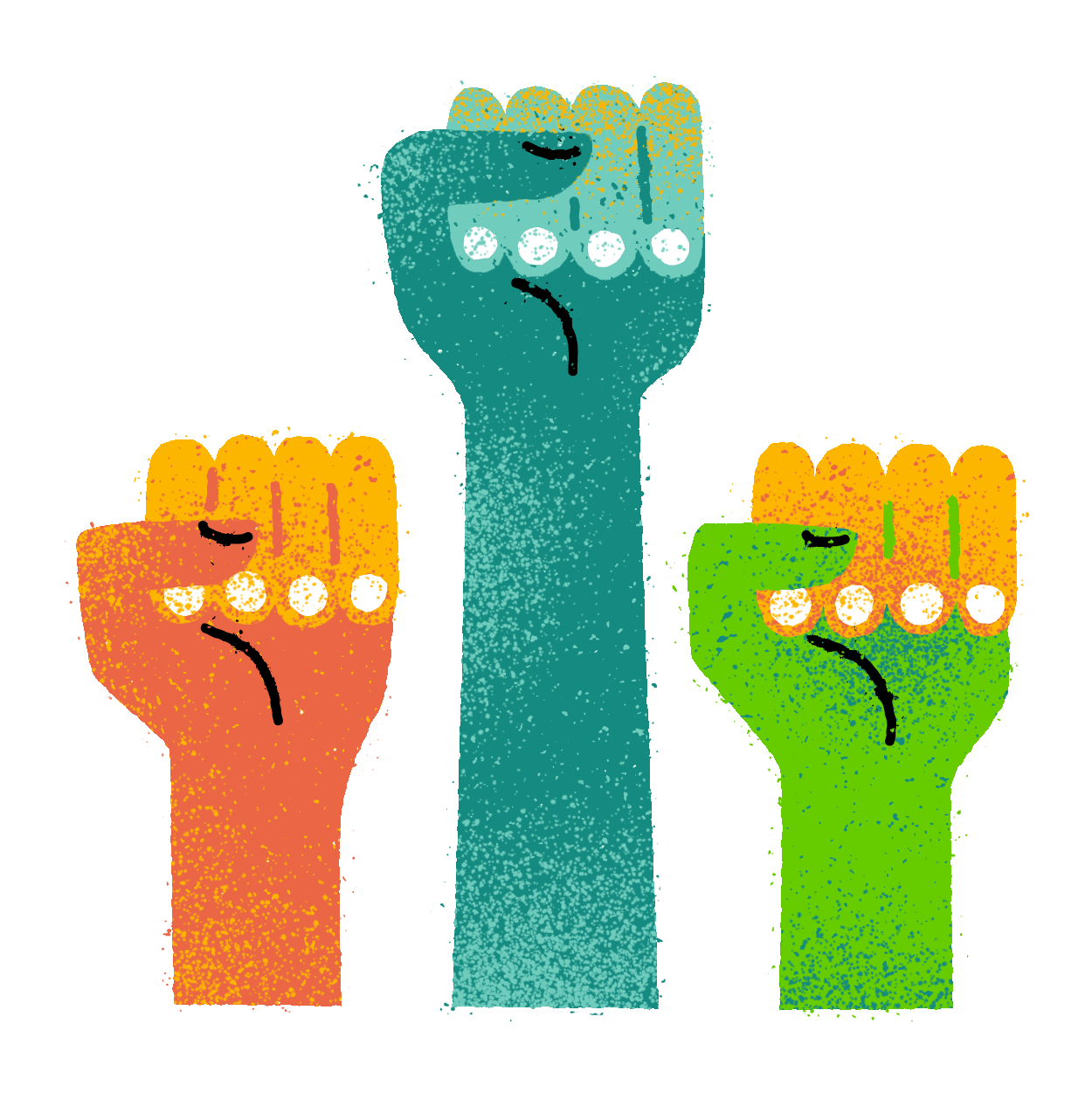
Unshaken by uncertainty, united with purpose
Standing with migrants, displaced peoples, and families
-
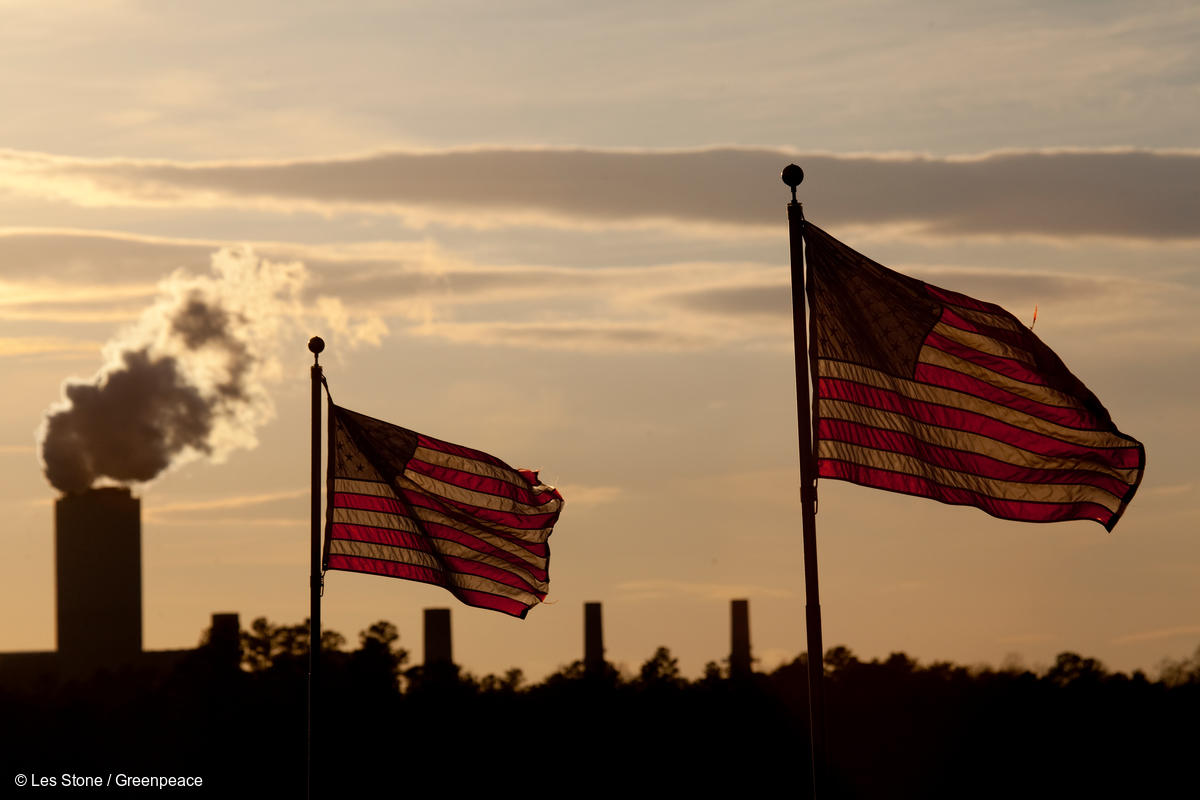
Fossil Fuel Racism: How phasing out oil, gas, and coal can protect communities
Fossil fuels — coal, oil, and gas — lie at the heart of the crises we face, including public health, racial injustice, and climate change. This report synthesizes existing research and provides new analysis that finds that the fossil fuel industry contributes to public health harms that kill hundreds of thousands of people in the…
-
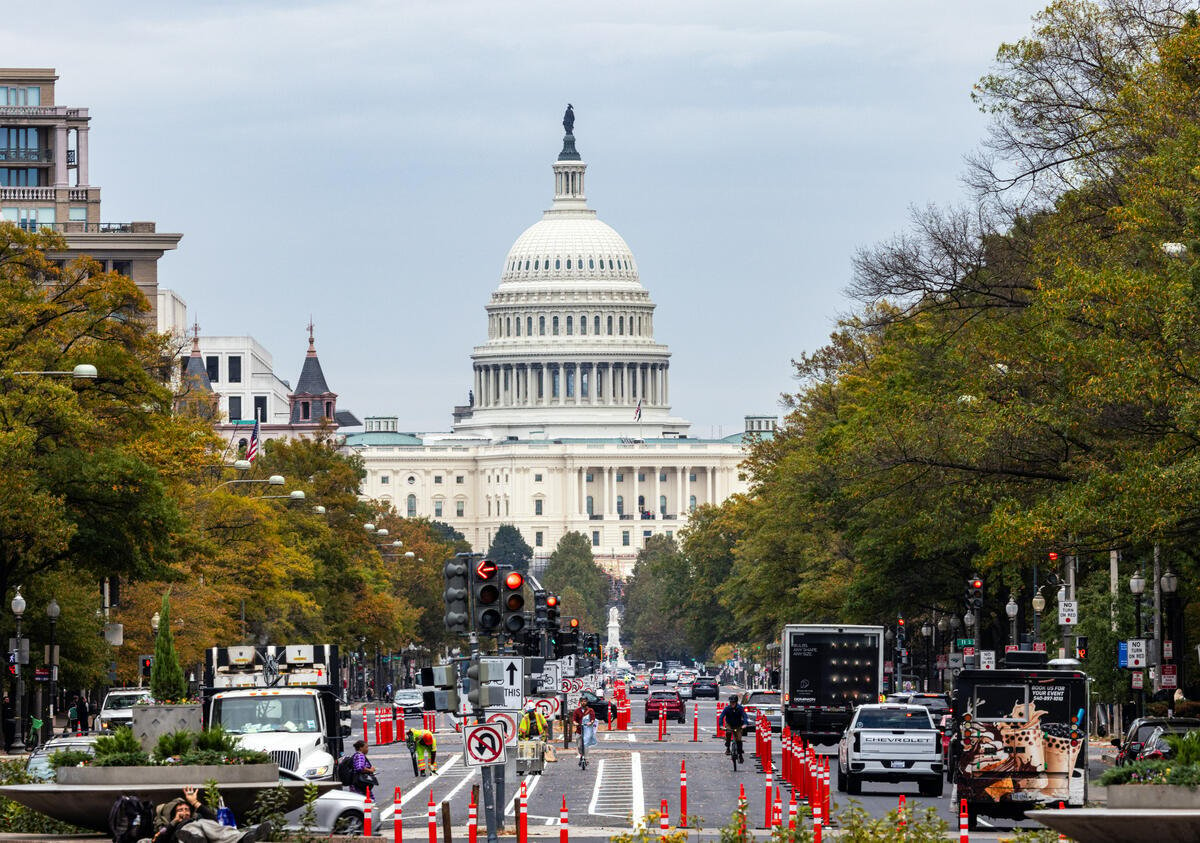
The ‘Big, Beautiful’ Blunder: a bill that will live in infamy
WASHINGTON, D.C. (July 1, 2025)—In response to the passage of the “Big Beautiful Bill” in the United States Senate, Greenpeace USA Deputy Climate Program Director, John Noël, said: “This is…
-
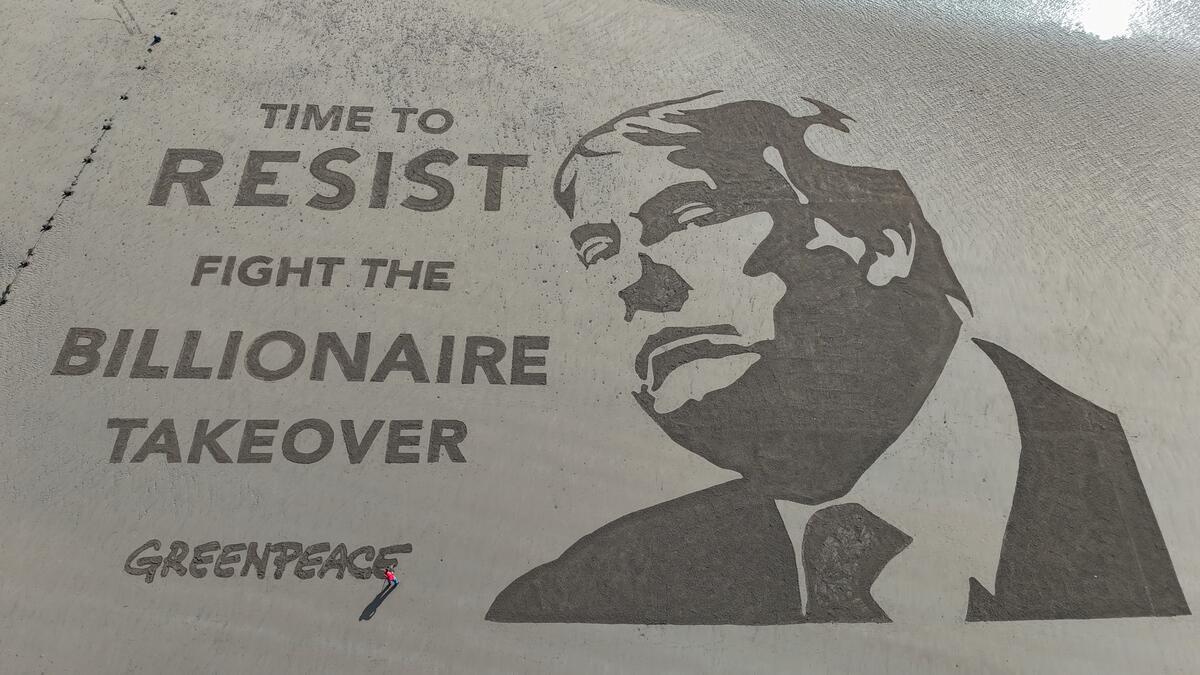
Wrecking the future: the Trump war on the ocean, climate, and communities
Wrecking the future: The Trump war on the ocean, climate, and communities. Dismantling climate and oceans protections.
-
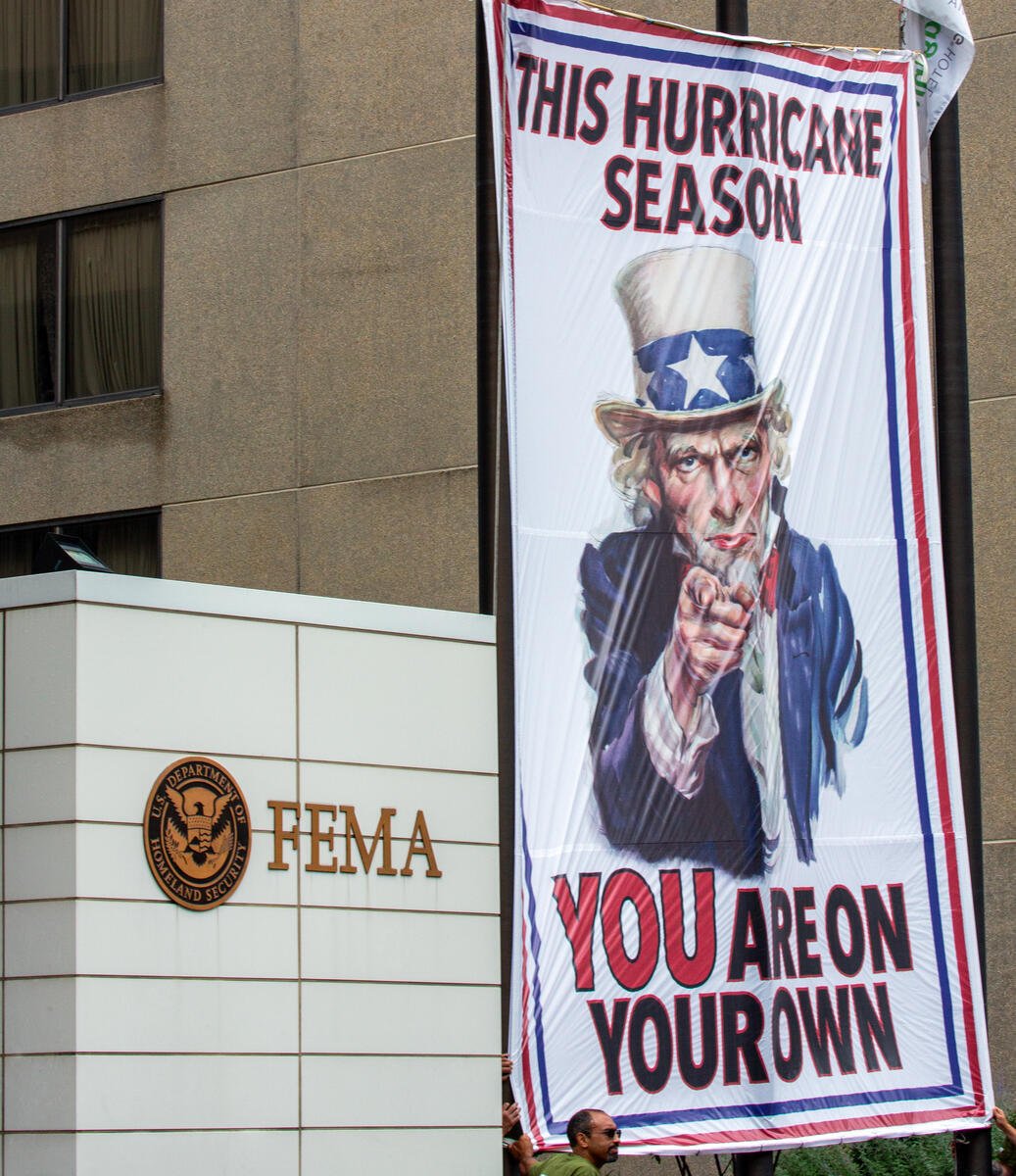
This hurricane season Greenpeace USA helps deliver Uncle Sam’s disturbing message to America
Greenpeace USA deployed a banner at the Federal Emergency Management Agency (FEMA) headquarters to assist in making Uncle Sam’s message to the country crystal clear: this hurricane season, you are…
